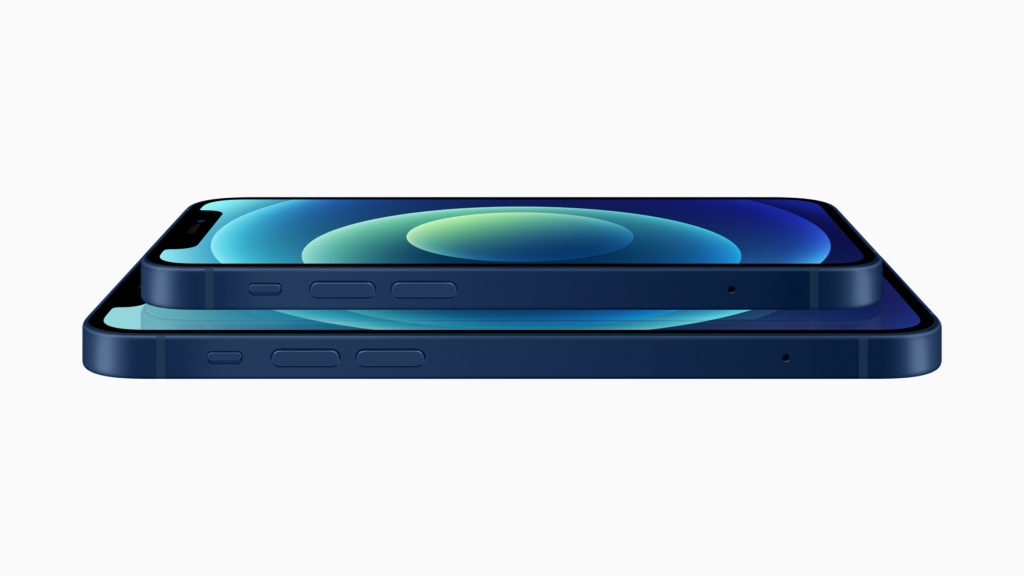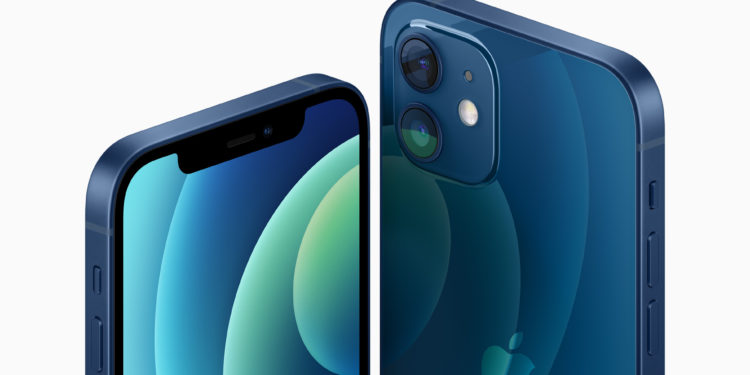The iPhone 12 series is said to be generally more durable thanks to the use of ceramic-hardened screens – Ceramic Shield. Initial test results prove that Apple has not exaggerated.
The new iPhone 12 models are protected by a Ceramic Shield cover glass, into which nano-ceramic crystals are directly cast to improve durability. According to Apple, Ceramic Shield offers four times better drop protection than the glass used for the iPhone 11 models. The company explained:
iPhone already had the toughest glass in a smartphone, so to dramatically increase the durability of iPhone 12, we had to introduce an entirely new material.
Ceramic Shield - It's made by incorporating nano-ceramic crystals - which are actually harder than most metals - into glass. Sounds simple, but it's incredibly difficult because ceramic isn't transparent. By controlling the type of crystals and the level of crystallinity, we developed an exclusive formula that maximizes the toughness of the ceramic while remaining optically clear. This was the breakthrough that made Ceramic Shield ideal for display. It's a first for any smartphone, and it's harder than any smartphone glass.
Hard is great but we also wanted to make it scratch resistant. Using the same dual ion exchange process we use on the back of the glass, we protect it from nicks, scratches and everyday wear and tear.
Beyond Ceramic Shield, there's another thing that contributes to the durability of the front cover. It sits flush against the edge of the phone, which helps protect it even better. Overall, we've quadrupled drop performance - the biggest year-over-year improvement ever for iPhone.

Ceramic Shield: iPhone 12 display put to the test
Now the first videos have been made available on YouTube to support this.
WARNING – The following YouTube video contains potentially disturbing scenes. Those with weak nerves should close the page at this point.
Are you still here? OK, I warned you. The YouTube channel MobileReviewsEh conducted some tests with the iPhone 12, which included using a so-called force gauge. The scratch sensitivity was also put to the test. An iPhone 11 was used for comparison. With a force gauge that measures in Newtons, the iPhone 11 was able to withstand a force of 352 Newtons, while the iPhone 12 achieved a force of 442 Newtons. The iPhone 12's innovative Ceramic Shield thus significantly surpassed the performance of the iPhone 11 cover glass.
Force and drop tests do not always produce the same results
The Youtuber then tried to scratch the new panel with coins, stones and a cardboard knife. Here, too, the iPhone 12 display remained surprisingly more resilient than that of its predecessor. While the iPhone 12 front has become significantly more robust, the back remains just as sensitive as that of its predecessor. The edges should also be treated with care. Although the video is painful for many, it proves that Apple has not exaggerated. Nevertheless, it should be noted that these types of force and drop tests do not always produce the same results and can vary depending on where a force gauge is used or at what angle an iPhone happens to land. Therefore, with devices made of glass, Ceramic Shield or without Ceramic Shield, caution is always advised. (Image: Apple)





